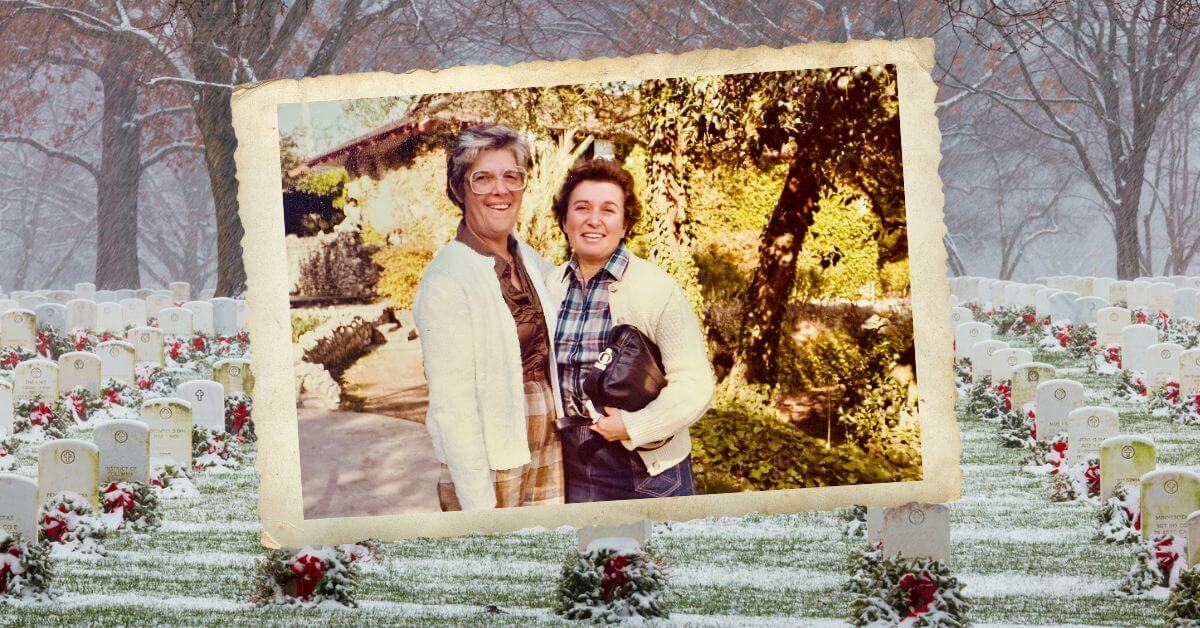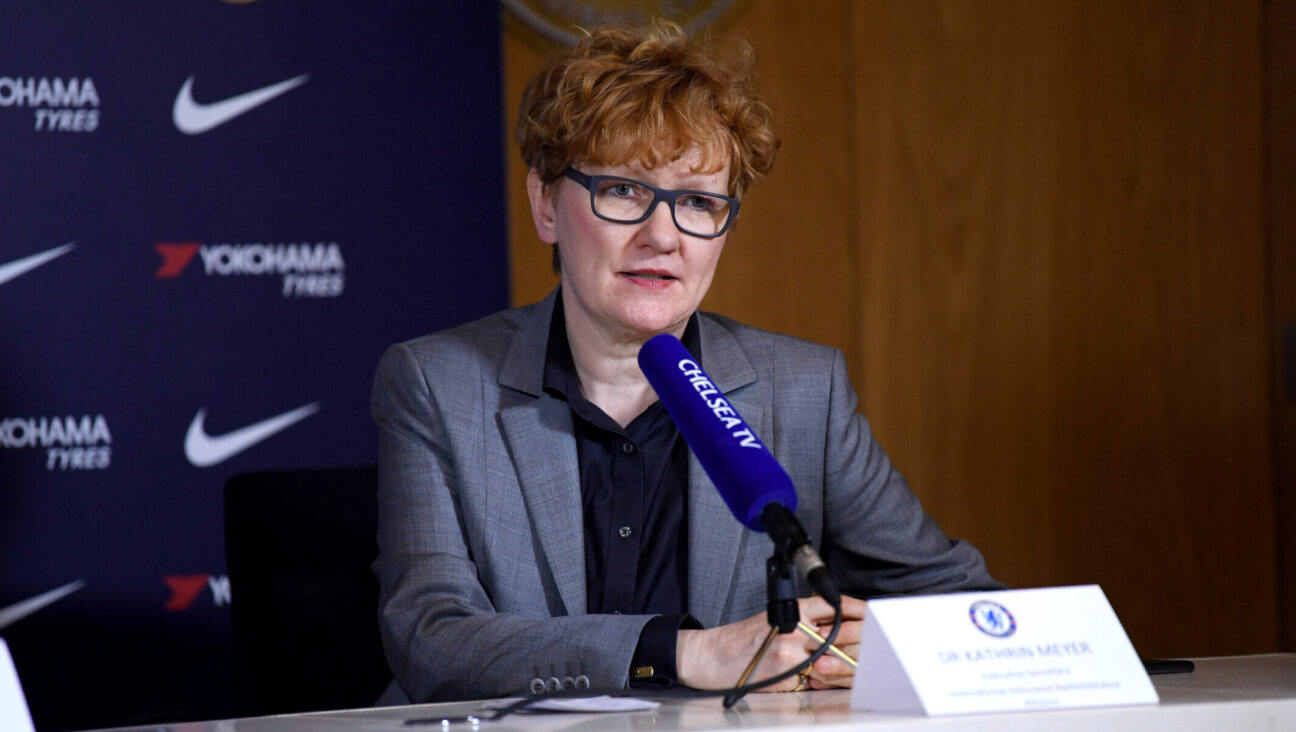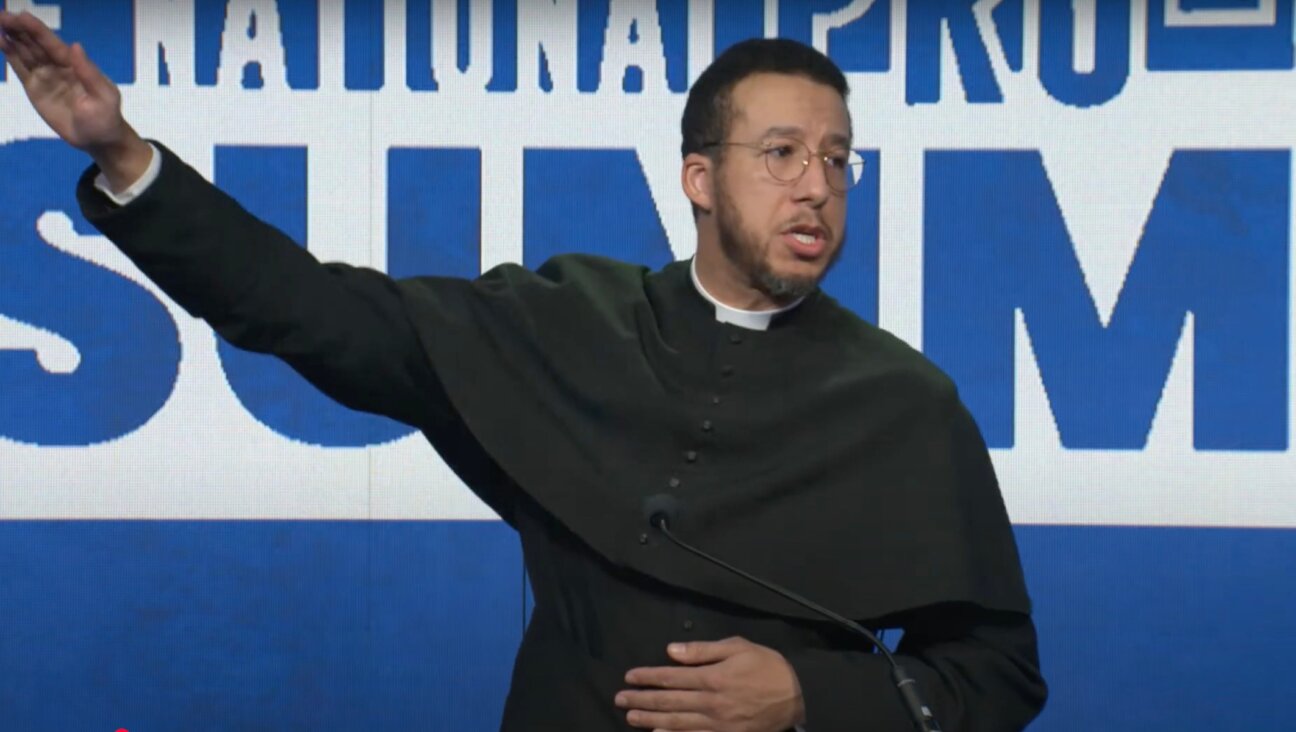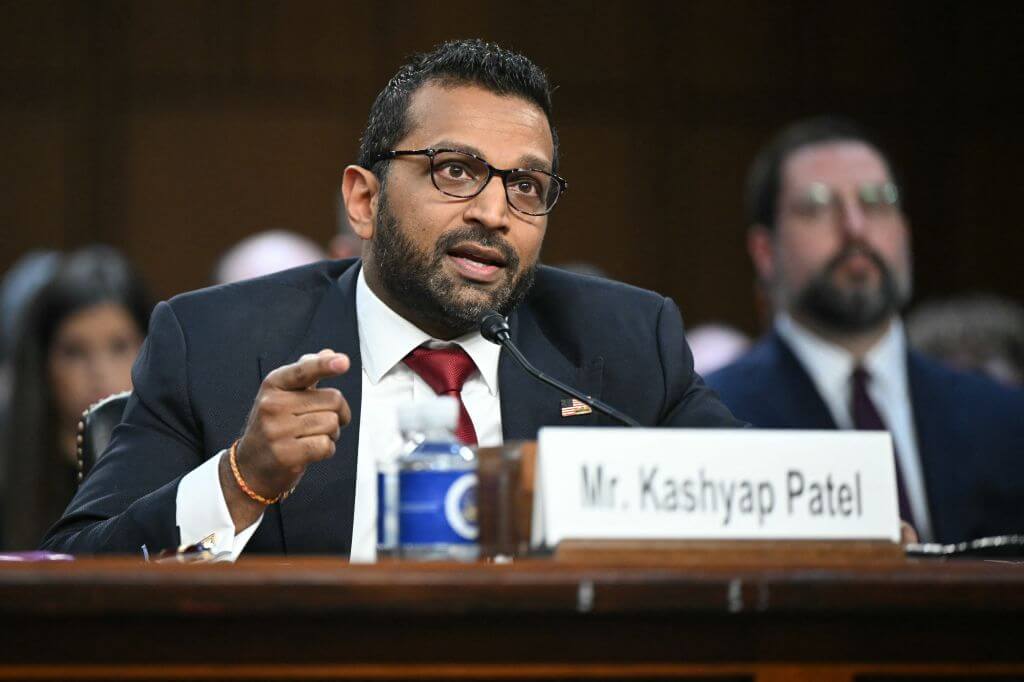Harding Indictment a Symbol of Liberal Party’s Downfall
If there is an enduring present-day image of New York’s Liberal Party, it is likely that of former party chief Raymond Harding — an enormous, white-haired man in a black raincoat and handcuffs — being led into state court in April for an indictment on charges of influence peddling. It could have almost been an old caricature of the corrupt Tammany Hall bosses that the Liberal Party was founded to help unseat.
Harding is no longer affiliated with the party, which now exists only in residual form, having lost its state ballot line in 2002 after failing to get enough votes. But he was the dominant force in the party for the past three decades.
If the charges prove to be true, they mark a nadir in the party’s journey from reformist liberalism to, literally, degeneracy. According to the indictment, issued on April 15, Harding said he needed the money in question to pay off his son Russell’s legal bills following Russell’s 2005 conviction on charges of embezzlement and child pornography possession.
Whatever the outcome in court, the indictment could be the final nail in the coffin of a small party that has played an outsize role in New York politics and in the political history of American Jewry.
The party grew out of a strategy to enable left-wing, largely Jewish voters in New York City to vote for Franklin D. Roosevelt without having to support the city’s famously corrupt Democratic machine. The American Labor Party was launched for that purpose in 1936, and formed a core base of support for both Roosevelt and Mayor Fiorello LaGuardia.
By the early 1940s, however, garment union chiefs David Dubinsky and Alex Rose had become disgusted with communist infiltration of the ALP. After a three-year battle for control of the ALP, they left in 1944 to found the Liberal Party, allying their powerful unions with prominent liberal intellectuals such as Protestant theologian Reinhold Niebuhr and philosopher John Dewey.
The new party was so heavily Jewish that Liberal Party leaders went out of their way to feature non-Jews in prominent positions so as to avoid being pegged as an ethnic party. “They always wanted an Italian up there to show that they were more than Jewish,” recalls Henry Stern, a long-time party member who, in 1973, was elected to an at-large City Council seat for the borough of Manhattan solely on the Liberal Party line.
But Dubinsky and Rose were the real powers in the party. Dubinsky could mobilize the rank-and-file of his International Ladies’ Garment Workers’ Union, while Rose, head of the hatmakers’ union, became known as one of the most brilliant political strategists in New York politics.
Rose used to quip that the party’s mission was “to keep Republicans liberal and Democrats honest,” and a Liberal Party endorsement became a way for candidates to prove their reformist bona fides.
“It was an important constituency for the Democratic Party, and if you had support of the Liberal Party, it was sort of the stamp of being kosher,” said New York political consultant George Arzt.
Rose cannily shifted his party’s backing to boost candidates supported by party leaders, squeeze out candidates they disliked (occasionally running spoilers) and maintain input on government appointments. He had the ear of politicians up to, and including, the White House, and his achievements ranged from helping Mayor Robert Wagner Jr. smash the Tammany machine to reputedly persuading President John F. Kennedy to wear a hat in public to try to boost Rose’s shrinking hatmakers’ union.
When Rose died in 1976, however, the party was thrown into turmoil. The eventual victor of the ensuing power struggle was Harding, one of Rose’s lieutenants. Harding was a Holocaust survivor who was born Branko Hochwald in Yugoslavia and who fled with his family following Germany’s invasion in 1941. The family was imprisoned in Italy, then freed by Allied troops and allowed to come to America as refugees in 1944.
The party entered a long period of decline under Harding’s leadership. It alienated two of its former allies, Ed Koch and then Mario Cuomo, just as they obtained positions of great power. The old constituency of Jewish labor stalwarts was also aging and dying out, stripping away much of the party’s traditional support. And, ironically, it had become a victim of its own success.
“The need for the Liberal Party diminished as reformers rose and took over the Democratic Party,” Stern said. “When it was firmly in the grip of bosses, the Liberal Party was the antidote. When reformers began to win, you didn’t need them.”
The party did experience a temporary revival of its fortunes when it gave its ballot line to Republican Rudolph Giuliani, providing him with his margin of victory in the 1993 mayoral election. Harding became one of Giuliani’s most trusted advisers.
But the move to back the relatively conservative Giuliani alienated much of what remained of the Liberal Party’s base. In 2002, it lost its ballot line after failing to get enough votes to retain it.
When Dan Cantor organized the Working Families Party in the late 1990s as a left-leaning, union-backed, good-government third party — almost precisely the niche the Liberal Party had once filled — he found nothing but support from liberal groups.
“There was no one in the labor movement, the environmental movement or the housing movement who said, ‘No, the Liberal Party does this.’ They said, ‘This is great,’” Cantor said. “The Liberal Party was seen as essentially one person’s hobby horse.”
Contact Anthony Weiss at [email protected]
A message from our Publisher & CEO Rachel Fishman Feddersen

I hope you appreciated this article. Before you go, I’d like to ask you to please support the Forward’s award-winning, nonprofit journalism so that we can be prepared for whatever news 2025 brings.
At a time when other newsrooms are closing or cutting back, the Forward has removed its paywall and invested additional resources to report on the ground from Israel and around the U.S. on the impact of the war, rising antisemitism and polarized discourse.
Readers like you make it all possible. Support our work by becoming a Forward Member and connect with our journalism and your community.
— Rachel Fishman Feddersen, Publisher and CEO






















